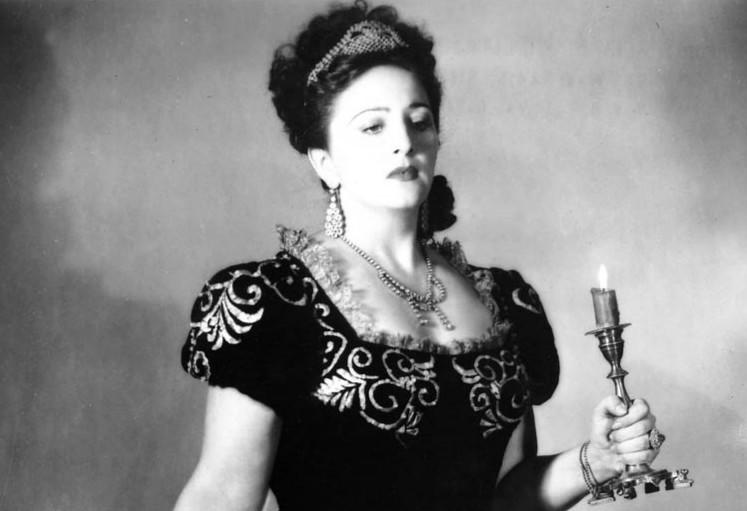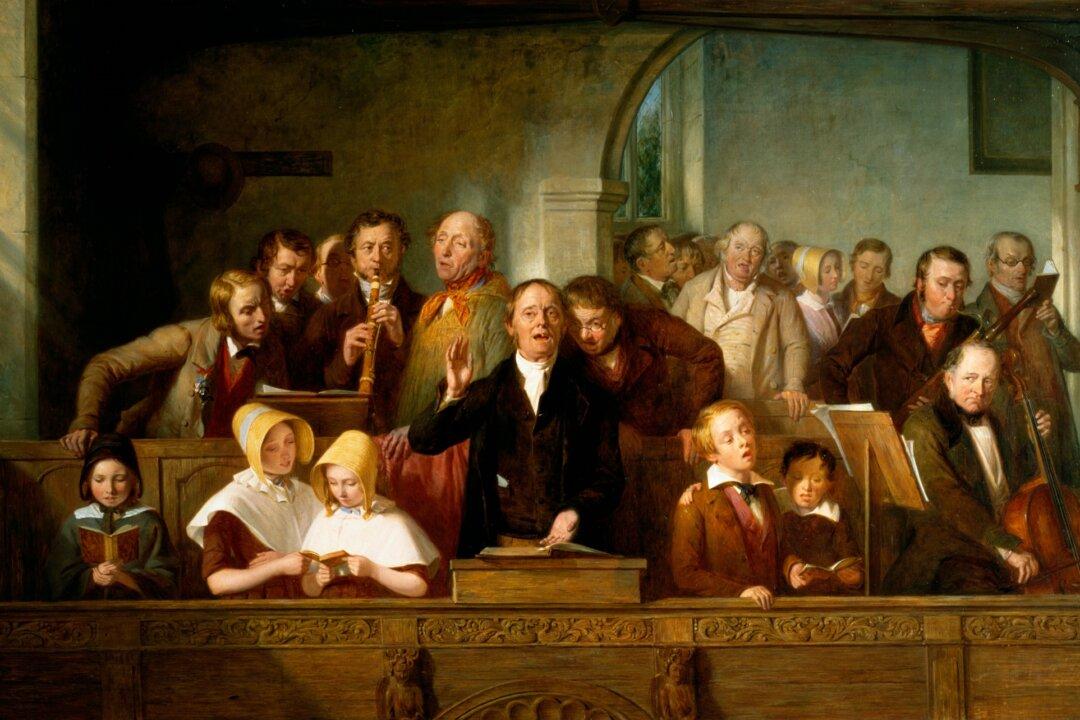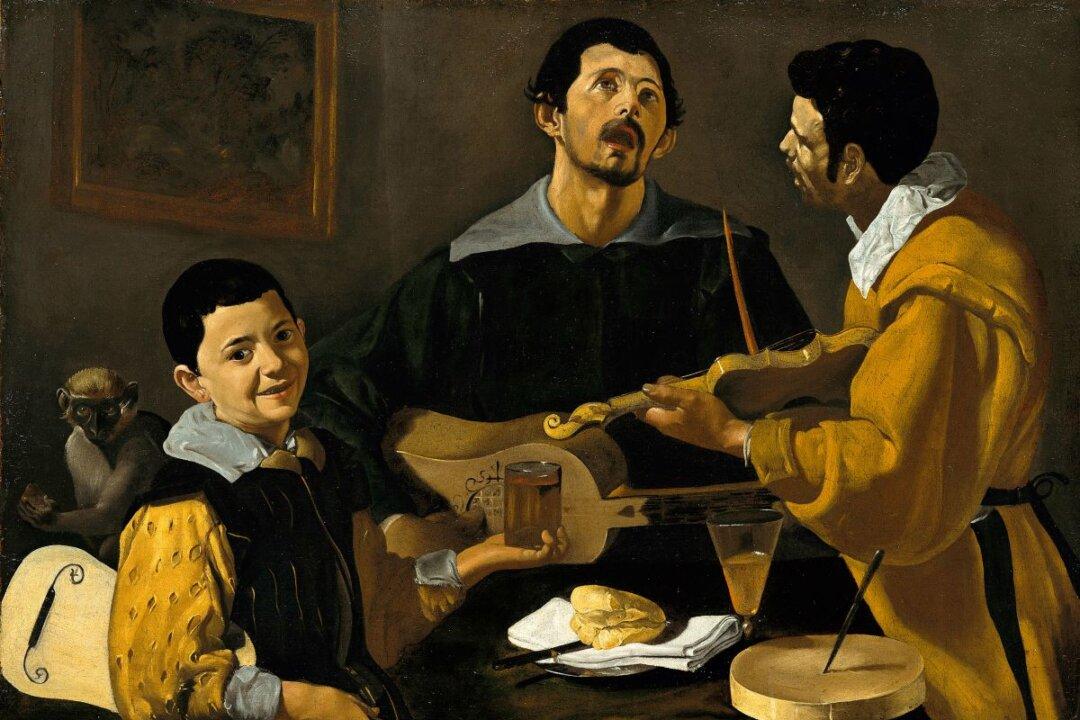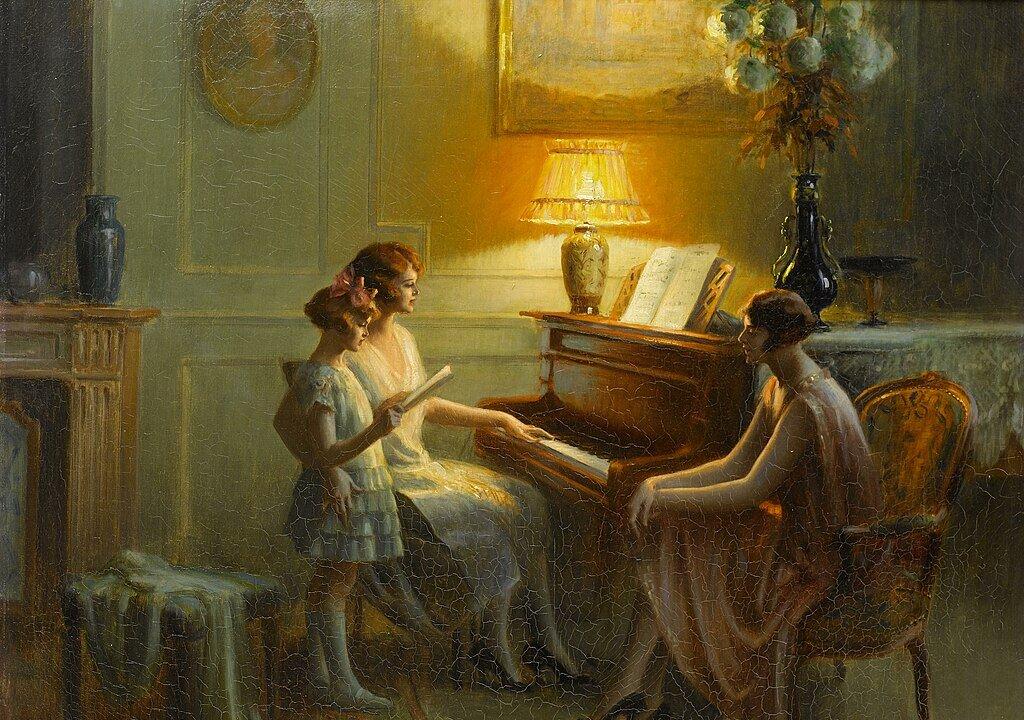How many centuries did it take to change a sigh and a groan into a song? We will leave that question to the anthropologists and musicologists, and focus our attention on the 19th century—the century of bel canto, beautiful singing—when the operas and songs of our great composers reached their full bloom and plumbed the depths of the human heart.
Ultimately, no one can prove that something is beautiful, but when many people of discernment say that Croatian soprano Zinka Milanov (1906–1989) has, says the New York Times, “the most beautiful voice in the world,” one is prompted to take note. Time Magazine once wrote “as for sheer beauty of voice, Zinka Milanov cannot be rivaled.” Another New York Times review reported “it was one of those eventful nights when Milanov was at her best, seemingly bewildered by the beauty of her own voice.”






